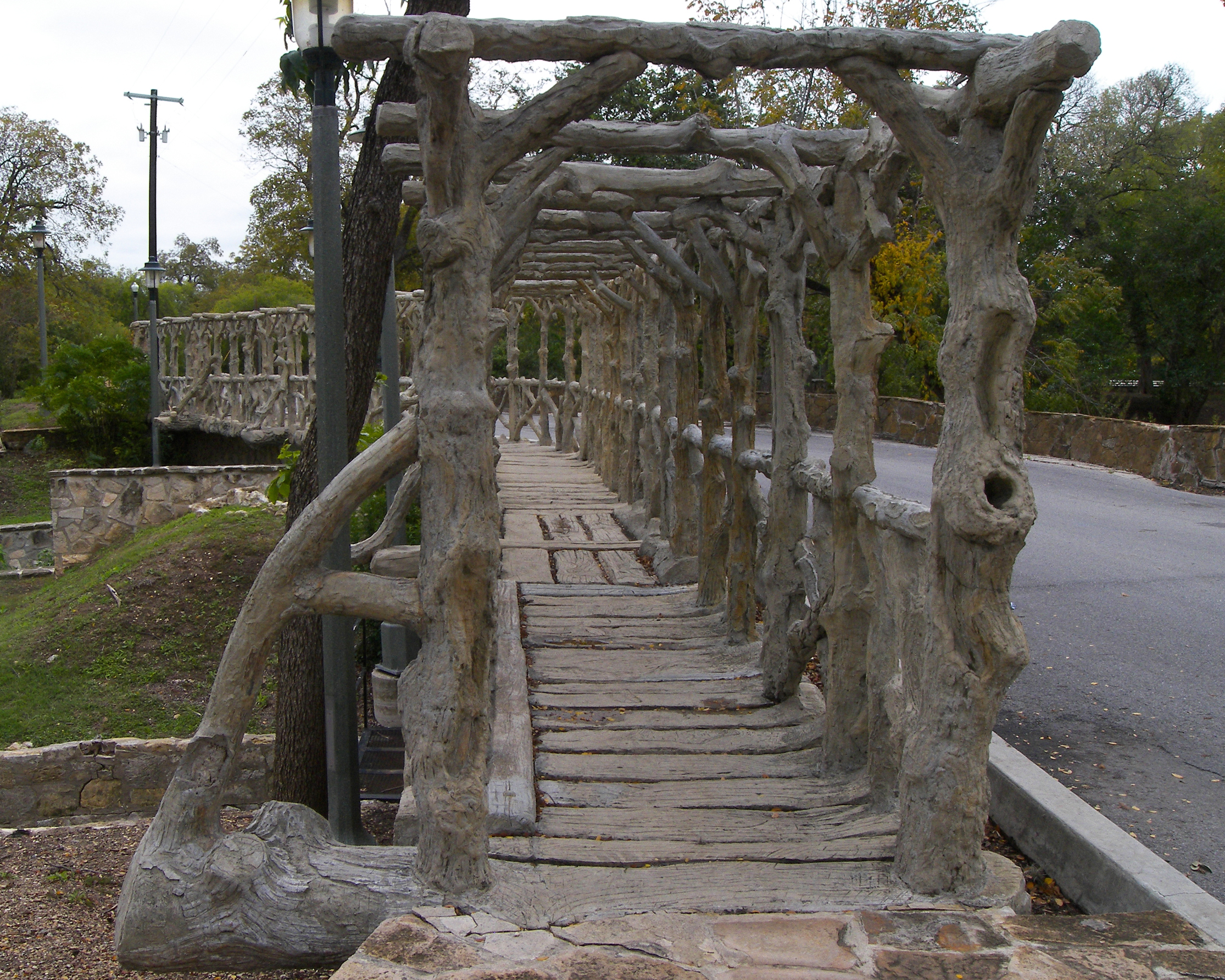Faux Bois on:
[Wikipedia]
[Google]
[Amazon]

 ''Faux bois'' (from the French for ''false wood'') refers to the artistic imitation of wood or wood grains in various media. The craft has roots in the
''Faux bois'' (from the French for ''false wood'') refers to the artistic imitation of wood or wood grains in various media. The craft has roots in the
inventory no. 1980.006

 ''Faux bois'' (from the French for ''false wood'') refers to the artistic imitation of wood or wood grains in various media. The craft has roots in the
''Faux bois'' (from the French for ''false wood'') refers to the artistic imitation of wood or wood grains in various media. The craft has roots in the Renaissance
The Renaissance ( , ) , from , with the same meanings. is a period in European history
The history of Europe is traditionally divided into four time periods: prehistoric Europe (prior to about 800 BC), classical antiquity (800 BC to AD ...
with trompe-l'œil
''Trompe-l'œil'' ( , ; ) is an artistic term for the highly realistic optical illusion of three-dimensional space and objects on a two-dimensional surface. ''Trompe l'oeil'', which is most often associated with painting, tricks the viewer into ...
. It was probably first crafted with concrete using an iron armature by garden craftsmen in France called " rocailleurs" using common iron materials: rods, barrel bands, and chicken wire
Chicken wire, or poultry netting, is a mesh of wire commonly used to fence in fowl, such as chickens, in a run or coop. It is made of thin, flexible, galvanized steel wire with hexagonal gaps. Available in 1 inch (about 2.5 cm) diameter, ...
.
Early examples of the craft survive at Parc des Buttes-Chaumont
The Parc des Buttes Chaumont () is a public park situated in northeastern Paris, France, in the 19th arrondissement. Occupying , it is the fifth-largest park in Paris, after the Bois de Vincennes, Bois de Boulogne, Parc de la Villette and Tuile ...
opened for an exposition in Paris in 1867. In 1873, the inventor of ferrocement
Ferrocement or ferro-cement is a system of construction using reinforced mortar or plaster (lime or cement, sand, and water) applied over an "armature" of metal mesh, woven, expanded metal, or metal-fibers, and closely spaced thin steel rods ...
, Joseph Monier
Joseph Monier (; 8 November 1823, Saint-Quentin-la-Poterie, France – 13 March 1906, Paris) was a French gardener and one of the principal inventors of reinforced concrete.
Overview
As a gardener, Monier was not satisfied with the materi ...
expanded his patents to include bridges. He designed the first bridge of reinforced concrete, crossing the moat at the Chateau Chazelet, in France. It was sculpted to resemble timbers and logs. Light, Patsy Pittman (2005). ''Capturing Nature: the Cement Sculpture of Dionicio Rodriguez''. Texas A&M University Press.
Ferrocement faux bois uses a combination of concrete, mortar and grout applied to a steel frame or armature to sculpt lifelike representations of wooden objects. Final sculpting can be done while the mixture is wet, in a putty state, or slightly stiff. Techniques vary among artisans. Most popular in the late 19th century through the 1940s, ferrocement faux bois has largely disappeared with the passing of those most expert in its practice. What few objects remain from that peak period (mostly in the form of garden art, such as planters and birdbaths) are now highly prized by collectors.
In Mexico and Texas, this style is sometimes known as "el trabajo rústico" (''the rustic work''). It is often characterized by a more realistic look in both composition and coloring, as well as a more finely detailed finish than comparable European work. One highly regarded artist who worked in this style was Dionicio Rodriguez
Dionicio Rodriguez (1891–1955) was a Mexican-born artist and architect whose work can be seen in Alabama, Arkansas, Illinois, Maryland, Michigan, New Mexico, Tennessee, and Texas, as well as Washington, D.C. and Mexico City.
Dionicio Rodrígue ...
, a Mexican who relocated to Texas in the early 1920s. Although Rodriguez is not widely known, his large-scale faux bois installations have been listed on the National Register of Historic Places
The National Register of Historic Places (NRHP) is the United States federal government's official list of districts, sites, buildings, structures and objects deemed worthy of preservation for their historical significance or "great artistic ...
. Dionicio's great-nephew Carlos Cortes is one of the handful of artists still creating faux bois today.
Adrian Janes
Adrian Janes (February 4, 1798 - March 2, 1869) was the owner of a significant American iron foundry in the Bronx, New York.
The foundry created iron work for many notable projects, including the Capitol Dome of the U.S. Capitol Building in Wa ...
of Janes, Beebe & Company produced some of the earliest mass-produced cast iron benches and chairs using the faux bois style, an example of which is held by the Smithsonian Institution
The Smithsonian Institution ( ), or simply the Smithsonian, is a group of museums and education and research centers, the largest such complex in the world, created by the U.S. government "for the increase and diffusion of knowledge". Founded ...
ainventory no. 1980.006
See also
*Faux painting
Faux painting or faux finishing are terms used to describe decorative paint finishes that replicate the appearance of materials such as marble, wood or stone. The term comes from the French word ''faux'', meaning false, as these techniques start ...
* Graining
Graining is the practice of imitating wood grain on a non-wood surface, or on relatively undesirable wood surface, in order to give it the appearance of a rare or higher quality wood, thereby increase that surface's aesthetic appeal. Graining was ...
References
Artistic techniques Crafts Cement Concrete Sculpture materials Concrete sculptures {{Art-technique-stub